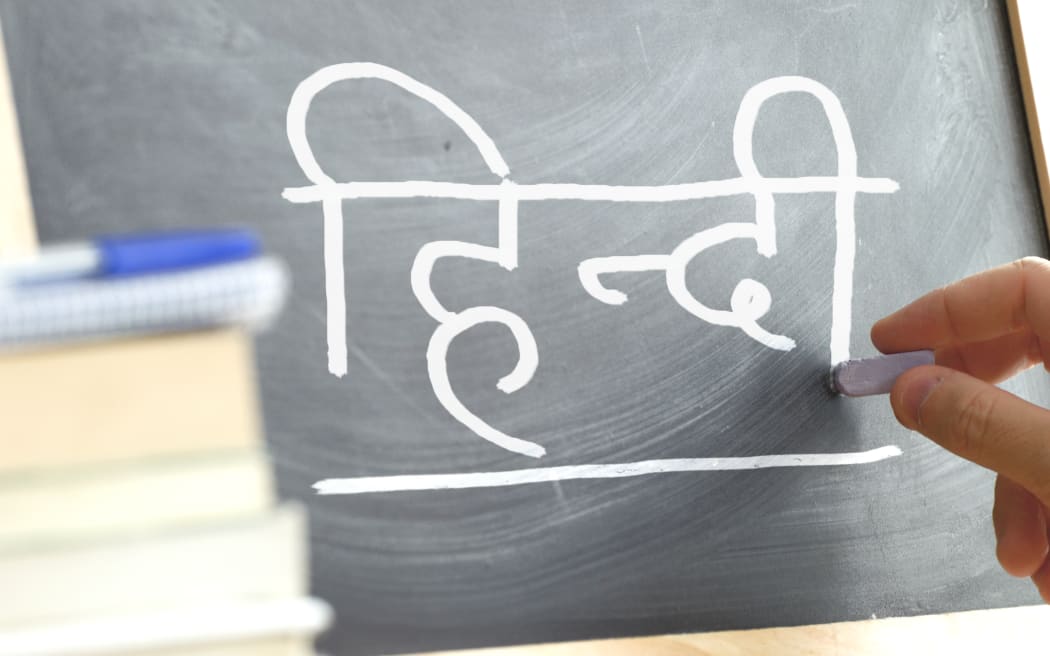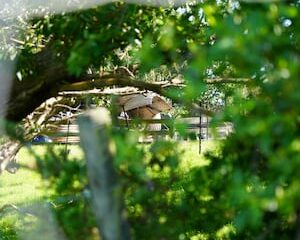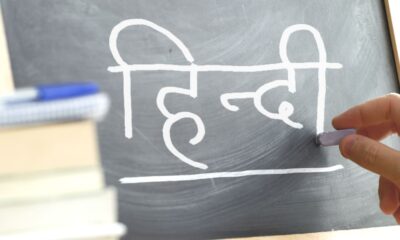Lifestyle
Community Pushes for Indian Languages in New Zealand Schools

Community leaders and educators in New Zealand are advocating for the inclusion of Indian languages in public schools. This push comes as the Indian population has surpassed the Chinese community, making it the third-largest ethnic group in the country. According to the 2023 Census, there are now 292,092 individuals of Indian heritage, marking a 22 percent increase since 2018.
Despite the growing demographic, languages such as Hindi, Punjabi, and Gujarati are largely absent from educational curriculums. Statistics New Zealand (Stats NZ) reveals that Hindi is now the fourth most spoken language in the country, with Punjabi ranking ninth. Notably, Punjabi has seen the fastest growth among Indian languages, increasing by 45.1 percent between 2018 and 2023.
The lack of Indian language classes in public schools is a significant concern for community leaders. Rohit Kumar, editor of the Hindi literary magazine Bharat-Darshan, emphasized the community’s desire to preserve their heritage languages. He noted that while community-run language schools provide instruction, these often operate on weekends and rely on volunteers, limiting access and quality.
Kumar called for structured curricula and standardized teaching resources within public schools, urging the need for sustained support through funding and teacher training. “Community programs need this support to thrive,” he stated.
Former president of the New Zealand Indian Central Association, Narendra Bhana, highlighted the longstanding presence of a community language school at the Auckland Indian Association’s Mahatma Gandhi Centre. This school has been teaching Hindi and Gujarati for nearly 80 years and currently serves about 100 students each Sunday. However, Bhana pointed out that the reliance on volunteer teachers and minimal financial assistance creates barriers in teacher availability and resources.
Bhana stressed the necessity of incorporating Indian languages into the education system, particularly Hindi, to reflect New Zealand’s multicultural society. “We need language options for these children,” he remarked.
Navtej Randhawa, a fourth-generation Indian New Zealander, echoed these sentiments, stating that the responsibility for preserving Indian languages has largely been left to community initiatives. “These spaces are vital, but they are limited in reach and capacity,” he said. Randhawa called for a more formal inclusion of Indian heritage languages in mainstream education, noting that the Ministry of Education currently offers no systemic provisions for these languages despite the rich history of the Indian diaspora in New Zealand.
Auckland’s Papatoetoe North School has taken steps in this direction by offering two bilingual Hindi classes for Year 3 to Year 6 students. Principal Stan Tiatia explained that the school’s student demographics, with approximately 50 percent Pasifika, 30 percent Indian or Fijian Indian, and 20 percent Māori, necessitate the availability of heritage language options.
“The school needs to reflect the community,” Tiatia said, emphasizing the importance of developing the value of Hindi in education. Despite this progress, he acknowledged the absence of a structured curriculum and resources for Hindi language education, relying on materials sourced from India or locally.
Papatoetoe High School has also responded to community demand by offering Hindi classes for junior students. Principal Vaughan Couillault noted that while there is significant interest, Hindi is not available as a subject that meets National Certificate of Educational Achievement (NCEA) requirements, which limits its appeal for students focused on qualifications. “We could offer it perhaps in Year 11 or Year 12, but students won’t take it because it doesn’t provide them with a qualification,” he explained.
Latest data from the Education Ministry shows that Japanese remains the most popular Asian language in New Zealand schools, with 12,257 students enrolled. Chinese follows with 5,415 students, while interest in Korean has doubled since 2017. Indian languages, however, are not specifically listed as subjects in the curriculum.
Juliet Kennedy, president of the New Zealand Association of Language Teachers, expressed support for including Indian languages in school curriculums but noted the bureaucratic challenges that must be addressed. She highlighted the need to prioritize which Indian languages should be offered, suggesting Hindi, Punjabi, and Gujarati as potential candidates.
Hayley Welch, acting general manager of the Te Poutāhū Curriculum Centre at the Education Ministry, pointed out that while learning a second language is not compulsory, the New Zealand Curriculum aims to promote language learning. However, there is no requirement for schools to offer a second language, leading to discrepancies in language education across the country.
Welch indicated that a draft of the refreshed New Zealand Curriculum, which includes an updated language component, is expected to be available for feedback by the fourth term of this year. Full implementation across all schools is planned for 2027. She emphasized that the ministry remains committed to reflecting New Zealand’s diversity in education and is interested in how the national curriculum might support broader language inclusion.
As community leaders continue to advocate for the recognition of Indian languages in public education, the call for structured support and investment in heritage language instruction remains strong, reflecting the evolving multicultural landscape of New Zealand.
-

 World1 week ago
World1 week agoPrivate Funeral Held for Dean Field and His Three Children
-

 Top Stories2 weeks ago
Top Stories2 weeks agoFuneral Planned for Field Siblings After Tragic House Fire
-

 Sports3 months ago
Sports3 months agoNetball New Zealand Stands Down Dame Noeline Taurua for Series
-

 Entertainment3 months ago
Entertainment3 months agoTributes Pour In for Lachlan Rofe, Reality Star, Dead at 47
-

 Entertainment2 months ago
Entertainment2 months agoNew ‘Maverick’ Chaser Joins Beat the Chasers Season Finale
-

 Sports3 months ago
Sports3 months agoSilver Ferns Legend Laura Langman Criticizes Team’s Attitude
-

 Sports1 month ago
Sports1 month agoEli Katoa Rushed to Hospital After Sideline Incident During Match
-

 World2 weeks ago
World2 weeks agoInvestigation Underway in Tragic Sanson House Fire Involving Family
-

 Politics2 months ago
Politics2 months agoNetball NZ Calls for Respect Amid Dame Taurua’s Standoff
-

 Top Stories2 weeks ago
Top Stories2 weeks agoShock and Grief Follow Tragic Family Deaths in New Zealand
-

 Entertainment3 months ago
Entertainment3 months agoKhloe Kardashian Embraces Innovative Stem Cell Therapy in Mexico
-

 World4 months ago
World4 months agoPolice Arrest Multiple Individuals During Funeral for Zain Taikato-Fox













